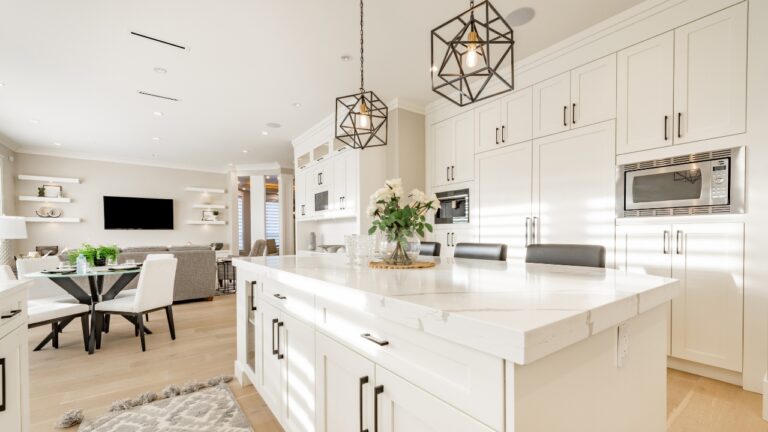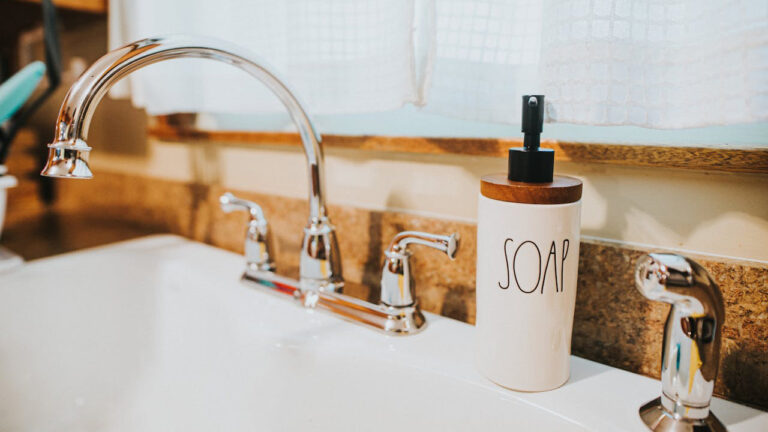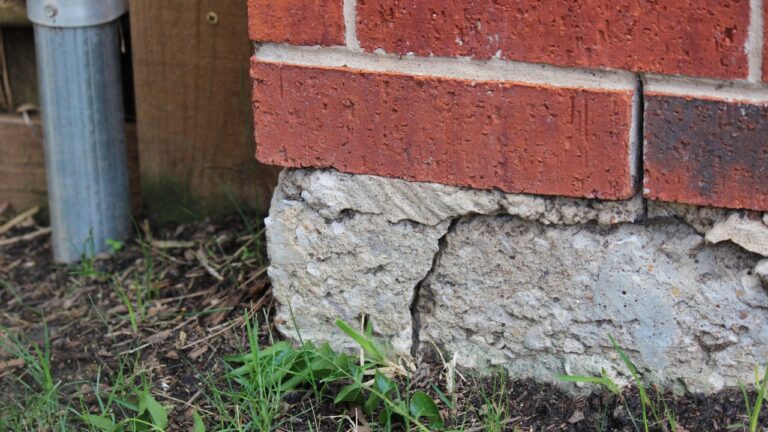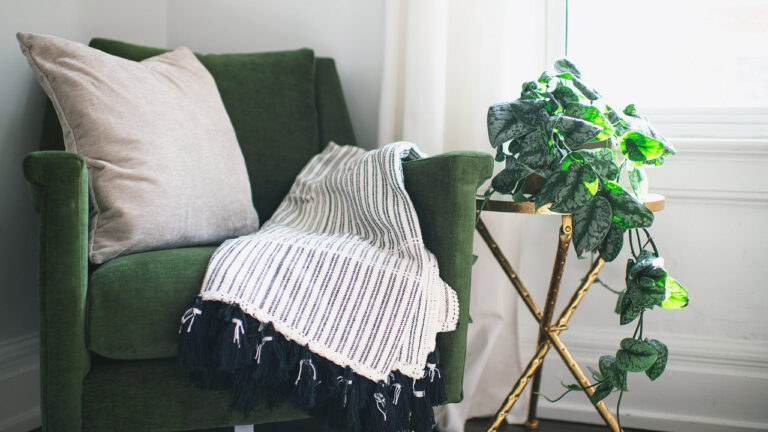7 Mistakes That Put Extra Pressure on Your Water System
Your water system was designed to handle a certain amount of flow and pressure. Push it too far, and you’re looking at worn-out valves, leaks, and pipes that crack way sooner than they should.
Some of the worst pressure-related damage comes from habits that seem harmless—until they stack up over time. Here’s what to stop doing if you want your system to last.
Leaving Hoses Under Full Pressure

When you leave the hose on at the spigot, you’re putting full pressure on every part of that line, including the valve inside the wall. Over time, that constant pressure weakens seals and fittings.
Even if the hose nozzle is off, the pressure’s still there. Always turn the water off at the faucet to take the load off your system when you’re done.
Running Too Many Fixtures at Once
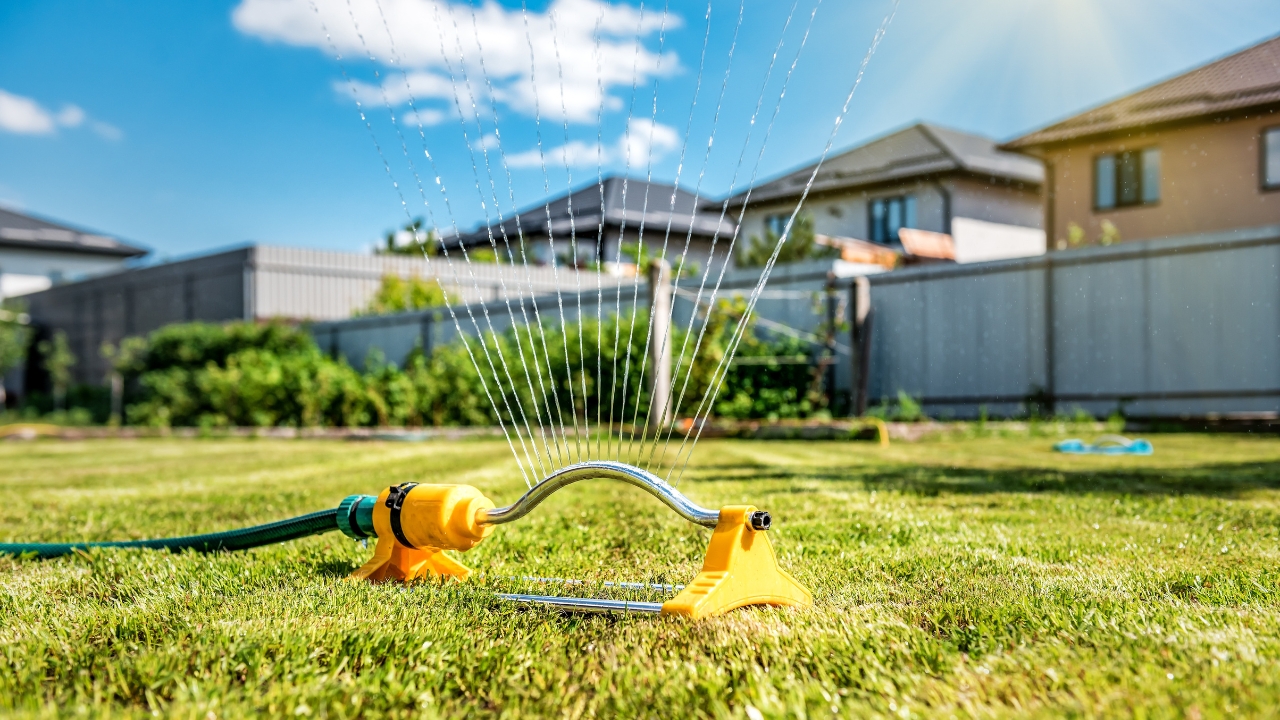
Water systems can only handle so much at once. If you’re running laundry, a shower, and sprinklers all together, the system’s working overtime—and pressure tanks or pumps may strain to keep up.
This kind of use can shorten the life of well pumps and expose weak spots in older pipes. Stagger your water use where you can to give the system a break.
Using High-Pressure Nozzles on Weak Lines
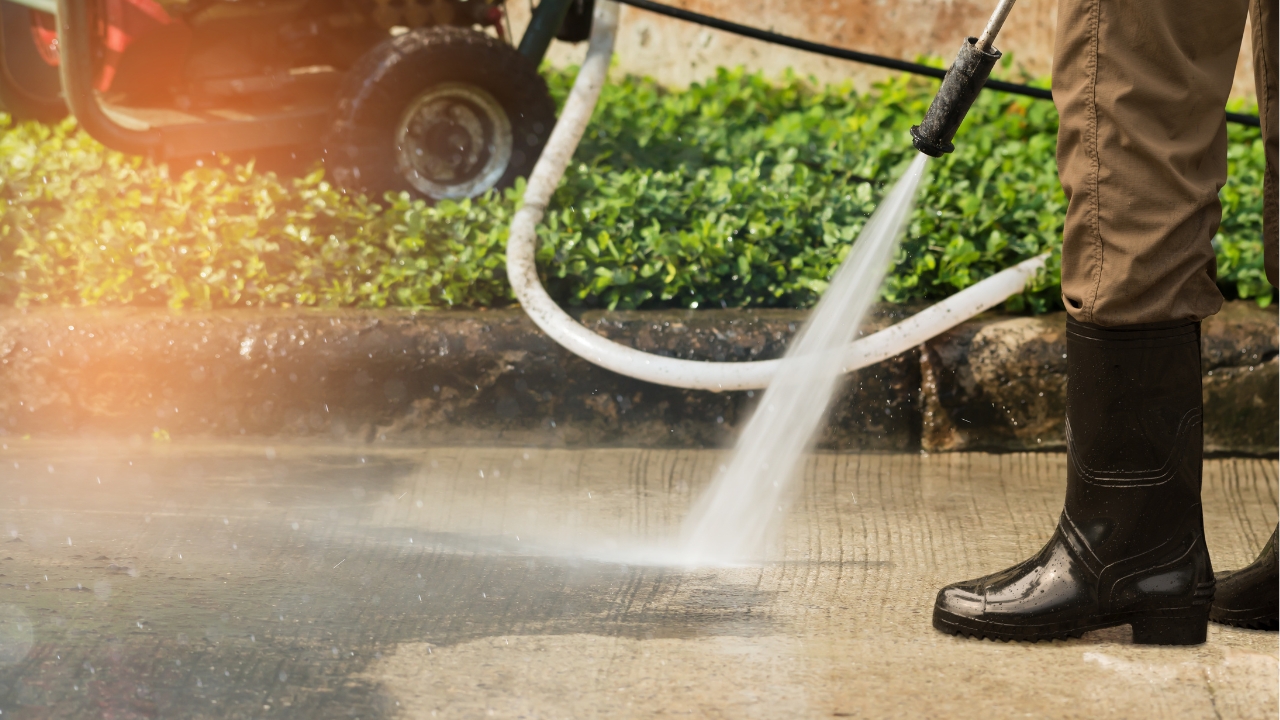
Pressure-washing nozzles or jet sprayers can push your system past what it was meant to handle, especially if you’re on older pipes or a narrow line.
That added force can cause leaks in connectors, blow out washers, or damage fittings. Use attachments rated for your system and avoid over-pressurizing fragile zones.
Skipping the Pressure Regulator on Add-Ons

If you’ve added irrigation, livestock watering, or a new outdoor feature, it needs a pressure regulator. Without it, you risk hammering those new lines with more force than they can take.
Unregulated pressure breaks valves, bursts hoses, and creates uneven flow that’s hard to manage. It’s a small add-on that prevents a lot of damage.
Adding Timers Without Checking Flow Ratings

A lot of hose timers and splitters aren’t built for high water flow. If you add one without checking the specs, it can restrict flow or cause pressure spikes downstream.
Over time, that wears out pipes and fittings near the connection point. Make sure any attachment can handle the pressure your system puts out.
Using Undersized Pipe for Expansions

Adding a new spigot or irrigation line? Don’t grab the smallest pipe at the store. Undersized pipe builds up back pressure and reduces efficiency, especially on longer runs.
That extra strain can affect the whole system. Match the pipe size to your source line to avoid creating a choke point.
Ignoring Water Hammer or Pipe Rattle

If you hear banging or rattling when you shut off water quickly, that’s water hammer—and it means pressure is hitting hard inside your pipes.
That kind of shock weakens connections and damages valves. Installing water hammer arrestors or adjusting your pressure regulator can help absorb that hit and protect the system long-term.
*This article was developed with AI-powered tools and has been carefully reviewed by our editors.


